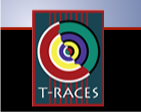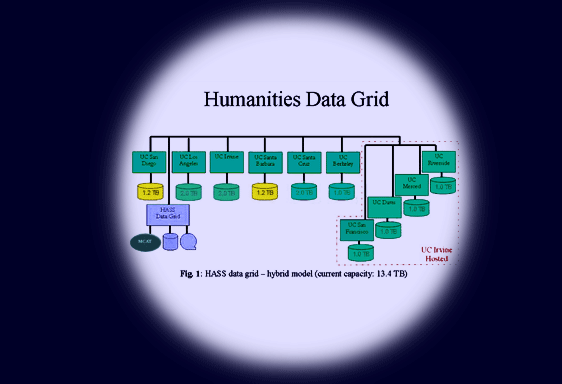









 |
 |
 |
 |
 |
 |
 |
 |
 |
 |
|
 | ||||||||||
|
The project, the Testbed for the Redlining Archives of California's Exclusionary Spaces (T-RACES), will be one of the first to make use of a new "humanities grid." The HASS (Humanities, Arts, and Social Sciences) Grid, a cyberinfrastructure initiative organized by the University of California Humanities Research Institute (UCHRI) and partners, is bringing the benefits of advanced information technologies normally found only in science and engineering to these new communities across all ten University of California campuses. The HASS Grid will store and make available the redlining collection using UNC-developed data grid infrastructure that provides a central catalog to manage the preservation information for each city's electronic file of neighborhoods. In addition, the infrastructure will make the redlining documents accessible alongside a rich array of relevant information drawn from census tract data, municipal ordinances, and insurance protocols, allowing researchers to ask broader questions about the context, origins, and legacy of redlining. "The importance of the HASS Grid is that for the first time it will give these communities a practical path to large, dynamic digital archives for their research, opening up entirely new avenues of investigation for these fields," said David Goldberg, director of UCHRI and a professor of Comparative Literature and Criminology, Law and Society at UC Irvine. "We’re demonstrating the creative and innovative work that becomes possible at the interface of HASS content and high-end digital technology" for example, in the redlining project nothing like these overlapping data exist on the history of urban segregation for California cities." Beyond simple access to information, the HASS Grid will also put a range of advanced data grid technologies at researchers' fingertips, helping them ask new questions and "connect the dots," collaborate, publish results online, and preserve collections for long-term use. |